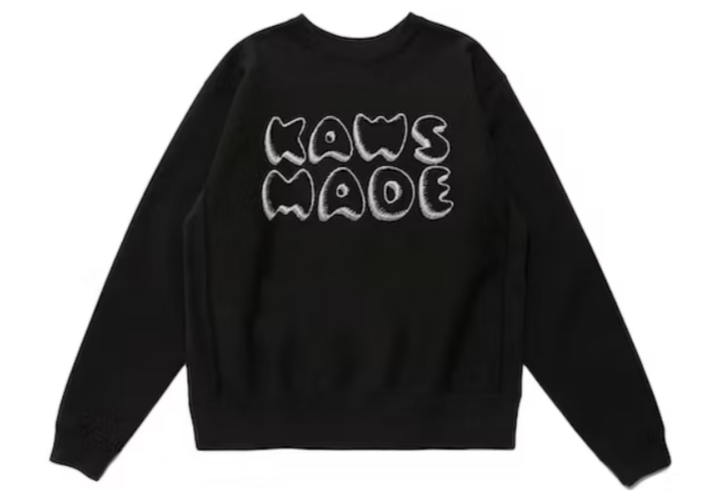Introduction:
Human made clothing, an essential aspect of human civilization, has undergone a fascinating evolution spanning thousands of years. Initially crafted for protection against environmental elements, clothing has transformed into a symbol of culture, identity, and social status. This journey traces back to ancient times when early humans ingeniously fashioned garments from natural materials, gradually refining techniques and styles through innovation and cultural exchange. This essay delves into the rich tapestry of the evolution of human-made clothing, exploring its multifaceted roles in society, technology’s influence, and its transition from utility to fashion.
Early Beginnings:
The story of human-made clothing begins with our ancestors’ primal instinct for survival. Archaeological evidence suggests that early humans draped themselves in animal skins, leaves, and other natural materials to shield against harsh climates. These rudimentary garments served primarily utilitarian purposes, providing warmth, protection from abrasions, and camouflage for hunting and gathering activities.
As societies advanced, so did the sophistication of clothing. The invention of the needle and thread marked a significant milestone, allowing for more intricate stitching and the creation of tailored garments. Ancient civilizations such as the Egyptians, Greeks, and Romans developed distinct clothing styles, often reflecting their societal norms, religious beliefs, and economic prosperity.
Cultural Significance:
Clothing transcended its practical functions to become a powerful symbol of cultural identity and social hierarchy. In many ancient civilizations, attire signified one’s status, occupation, and even religious affiliation. Elaborate robes adorned with intricate patterns and luxurious fabrics denoted royalty and nobility, while simple garments indicated lower social standing.
Moreover, clothing played a crucial role in rituals, ceremonies, and rites of passage. Traditional attire, handed down through generations, preserved cultural heritage and reinforced communal bonds. From the vibrant saris of India to the ceremonial robes of indigenous tribes, clothing became a tangible expression of shared values and traditions.
Technological Advancements:
The evolution of human-made clothing has been intimately intertwined with technological advancements throughout history. The invention of the spinning wheel revolutionized textile production, enabling the mass production of yarn and fabrics. Similarly, the mechanization of the textile industry during the Industrial Revolution led to the proliferation of ready-to-wear clothing, making fashion more accessible to the masses.
In the modern era, innovations in synthetic fibers and manufacturing techniques have further transformed the landscape of fashion. Materials like polyester, nylon, and spandex offer durability, stretchability, and versatility, challenging traditional notions of textile craftsmanship. Additionally, advancements in dyeing and printing technologies have expanded the range of colors, patterns, and textures available to designers, fostering creativity and innovation in fashion design.
Fashion as Expression:
The 20th century witnessed a democratization of fashion, as clothing became not only a necessity but also a form of self-expression and personal identity. The emergence of fashion capitals like Paris, Milan, and New York as centers of creativity and haute couture propelled the industry into the mainstream consciousness. Designers such as Coco Chanel, Christian Dior, and Yves Saint Laurent revolutionized fashion with their innovative designs and avant-garde sensibilities.
Moreover, the rise of mass media, including magazines, television, and the internet, facilitated the global dissemination of fashion trends and styles. Fashion became more than just clothing; it became a cultural phenomenon, influencing art, music, and popular culture. From the iconic little black dress to the rebellious punk rock aesthetic, clothing became a canvas for self-expression, challenging societal norms and conventions.
Sustainability and Ethical Fashion:
In recent years, there has been a growing awareness of the environmental and social impact of the fashion industry. Concerns about sweatshop labor, waste production, and resource depletion have prompted a shift towards sustainable and ethical fashion practices. Designers and brands are increasingly embracing eco-friendly materials, ethical sourcing, and fair labor practices to minimize their carbon footprint and promote social responsibility.
Furthermore, the concept of slow fashion has gained traction, emphasizing quality over quantity and encouraging consumers to invest in timeless pieces that are ethically made and built to last. Upcycling, recycling, and vintage shopping have also gained popularity as consumers seek to reduce waste and minimize their environmental impact.
Conclusion:
The evolution of Human made Hoodie is a testament to humanity’s creativity, ingenuity, and cultural diversity. From humble beginnings as a means of protection and survival, clothing has evolved into a powerful form of self-expression, cultural identity, and social status. Technological advancements have propelled the fashion industry forward, democratizing access to clothing and fostering innovation in design and production.
However, as we continue to celebrate the artistry and creativity of fashion, it is essential to address the environmental and ethical challenges facing the industry. By embracing sustainable practices and promoting social responsibility, we can ensure that the legacy of human-made clothing endures for generations to come, not only as a reflection of our style but also of our values and principles.
